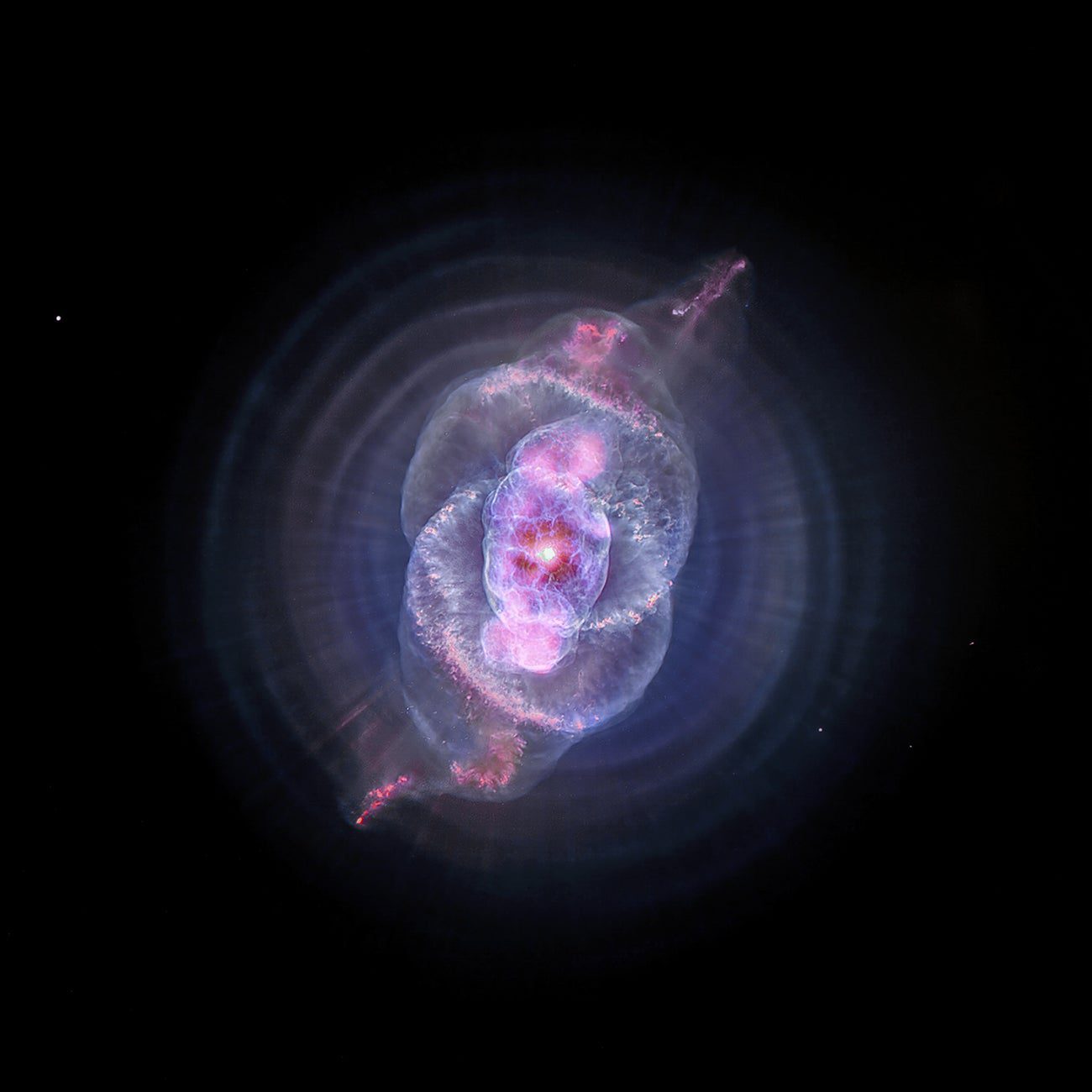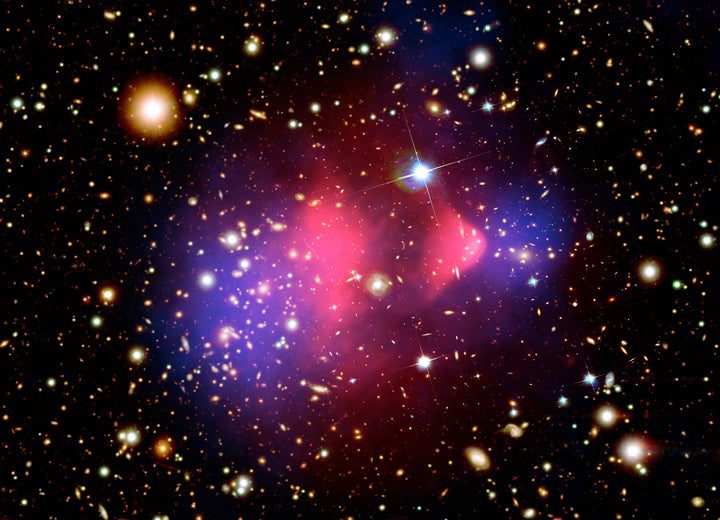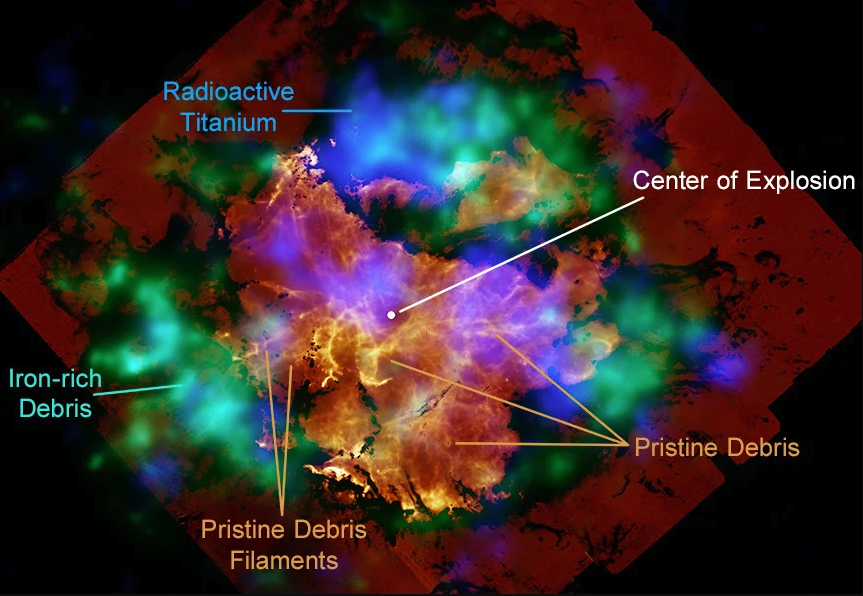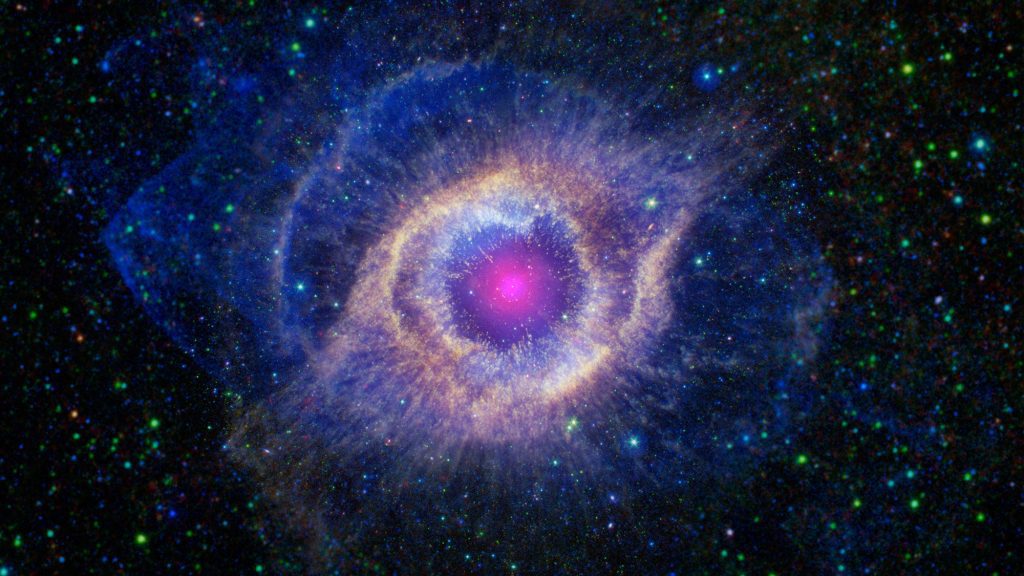One of NASA’s Great Observatories could soon come to an unexpected end. The Chandra X-Ray Observatory, which is a telescope in orbit since 1999, is facing a significant financial threat in NASA’s most recent budget proposal. ColumbiaIt's facing a major financial challenge in NASA’s most recent budget proposal. NASA's new budget proposal could result in major funding cuts leading to layoffs for half of the observatory’s staff by October and a premature end to the mission around 2026, according to worried scientists.Astronomers are concerned that the loss of this crucial telescope could setback the field of high-energy cosmos studies for many years.
In an open letterA group of astronomers have stated that Chandra is capable of many more years of operation and scientific discovery, and a reduction in its budget will have a big impact on U.S. high-energy astrophysics research.
Samantha Wong, an astronomer at McGill University, emphasized the importance of valuing and not treating space observatories as disposable due to the significant cost and impact on the environment. The wider community contributes to the cost, so it's important to utilize Chandra fully.
Chandra was launched in the 90s alongside the Hubble Space Telescope, the Spitzer Space Telescope (which ended in 2020), and the Compton Gamma Ray Observatory (which ended in 2000). Chandra was initially designed to operate for five years, but its exceptional performance has made it a fundamental tool for astronomy for the past 25 years. It's an important part of astronomy research for the past 25 years.It's one of the most powerful X-ray facilities in orbit and has the potential to continue for another decade, as long as the team on the ground can keep it running. The Cat’s Eye Nebula seen by Chandra and the Hubble Space Telescope provides insights into the universe. (recently The image credit goes to X-ray: NASA/CXC/SAO; Optical: NASA/ESA/STScI; Image Processing: NASA/CXC/SAO/J. Major, L. Frattare, K. Arcand), and the Space telescopes are impressive engineering feats that allow us to explore the universe through different wavelengths of light, from radio waves to gamma rays. It's difficult to underestimate the amount we are learning about the cosmos through these space telescopes. It's difficult to underestimate the amount we are learning about the cosmos through these space telescopes.Harvard astronomer Grant Tremblay emphasized the importance of space telescopes being marvels of engineering and providing new insight into the universe.

In space, X-rays can inform us about the most powerful events in the universe: supernovae, supermassive black holes, colliding neutron stars, and more. Chandra is one of a small number of telescopes—including the European and Japanese—that can detect X-rays, the same high-energy light used to visualize human bones here on the ground. However, Chandra is unique even among that small group, capable of seeing in unmatched detail. Observations from Chandra have also uncovered glowing on planets in the solar system.
enigmatic dark matter is present in a cluster of galaxies ]
This combined picture displays the galaxy cluster 1E 0657-56, also known as the “bullet cluster.” This cluster was formed after the collision of two large clusters of galaxies, the most energetic event known in the universe since the Big Bang. XMM-Newton Credit: X-ray: NASA/CXC/CfA/M.Markevitch et al.; Optical: NASA/STScI; Magellan/U.Arizona/D.Clowe et al.; Lensing Map: NASA/STScI; ESO WFI; Magellan/U.Arizona/D.Clowe et al. XRISMSince the budget reductions were announced in March, astronomers have come together to #SaveChandra, gathering their case for the observatory into a website, and where . “Together, Chandra and Hubble are among the most scientifically productive missions in the.

upcoming Rubin Observatory in Chile , which will scan nearly the entire sky every night. For example, Chandra can peer into the hearts of high-redshift galaxies seen by Webb, learning more about the supermassive black holes at their centers. It will also be crucial for follow up on the10 million alerts that Rubin will generate each night entire by pinpointing short-lived, bright flashes from explosive celestial events. Astronomers have also been promoting on social media, including sharing personal stories of how important Chandra has been to their scientific careers, from and the a graduate student describing the importance of Chandra in her educationa professor recalling her first research paper in 2001 , which utilized Chandra data and led to 30 other papers related to the mission in her career. One of the biggest concerns in the community is the fact that there is no replacement for Chandra on the horizons. Its successor, the
Lynx observatory , is “unlikely to launch before the 2050s” according to to Dublin Institute of Advanced Studies astronomer Affelia Wibisono—that is, if it launches at all. NASA is considering a smaller X-ray probe mission (to be chosen from a few ideas, including
Line Emission Mapper ), but none of these concepts would fill the gap left by Chandra. Plus, the resulting layoffs from Chandra’s demise would lead to a huge loss of expertise in X-ray astronomy as jobless astronomers are compelled to leave the field, creating a significant gap in our ability to even conduct the science expected from Lynx and other future observatories. Without Chandra, “there’s little incentive or accessibility to doing high energy work for the next decade or so, which really depletes the field and makes it hard to retain momentum in the science that we’re doing,” adds Wong.To understand more about the supernova explosion, scientists looked at the Webb view of the remains and compared it with X-ray maps of radioactive elements created in the supernova. They used NASA’s Nuclear Spectroscopic Telescope Array (NuSTAR) data to map radioactive titanium, which can still be seen today, and Chandra to map where radioactive nickel was by measuring the locations of iron. Radioactive nickel changes into iron over time. These additional images show NuSTAR in blue, Chandra in purple, Webb/Spitzer in gold and green, and Hubble in yellow. Credit: X-ray: NASA/CXC/SAO, NASA/JPL/Caltech/NuStar; Optical: NASA/STScI/HST; IR: NASA/STScI/JWST, NASA/JPL/CalTech/SST; Image Processing: NASA/CXC/SAO/J. Schmidt, K. Arcand, and J. MajorWith scientists so committed to the success of this mission, why would NASA cancel it? STROBE-X or the Chandra’s difficult situation is a sign of a bigger problem: continual reductions in science funding in the United States, partly due to theFiscal Responsibility Act of 2023

, a noticeable change from President Biden’s recent
request for a 7% increase to their funding. Essentially, NASA leadership has been forced to choose between one incredible discovery machine and another nearly equally amazing one. “We realize that we are working in a difficult budget environment, and we always want to do the most science we possibly can,” explained NASA Astrophysics director Mark Clampin This isn’t the only budget threat facing astronomy this year. NASA’s Jet Propulsion Lab in Pasadena, CA had toimplement significant layoffs in February , and the highly ambitious Mars Sample Return program (intended to bring rocks collected by the Perseverance rover, currently on the Red Planet, back home to Earth) is undergoing major restructuring after its original budget was deemed unrealistic . Even ground-based astronomy is faced with tough decisions, as the National Science Foundation is.
now forced to decide on one next-generation telescope instead of the two originally planned for construction.Astronomy, however, is only a small part of the U.S.’s overall budget, and many people are hoping for a future where we can fund more of these scientific endeavors. “Science has such incredibly high national and global return on investment that you can easily advocate for the whole discovery portfolio,” wrote Tremblayin a post on X. Astronomers have also stressed the importance of astronomy missions for inspiring the next generation of scientists, and keeping the public interested in science overall. “Continuing to operate Chandra would symbolize a renewed dedication to setting big goals,” says West Virginia University astronomer Graham Doskoch . “That’s an idea that has relevance for everyone.”
So, what comes next for the great X-ray observatory? NASA is currently planning a “mini-review” to decide how to best operate Chandra under the new budget constraints, ideally hoping to scale back operations without completely shuttering the program. Meanwhile, Chandra advocates are encouraging people to talk to their government representatives, sign a community letter, and spread the word on social media with resources found on the Save Chandra Website “You want to #SaveChandra? The most effective way to do that is to contact your representatives and senators,” stated astronomer Laura Lopez on X. At this crucial time for the future of astronomy, everyone is now focused on Congress to see how the budget pans out in the coming months and years.
Chandra X-Ray Observatory is facing difficulties. Losing it could significantly regress the field. resources available on the Save Chandra Website.
“You want to #SaveChandra? The high impact way to do that is to reach out to your representatives and senators,” wrote astronomer Laura Lopez on X. In this critical moment for the future of astronomy, now all eyes are on Congress to see how the budget shakes out in the coming months and years.









